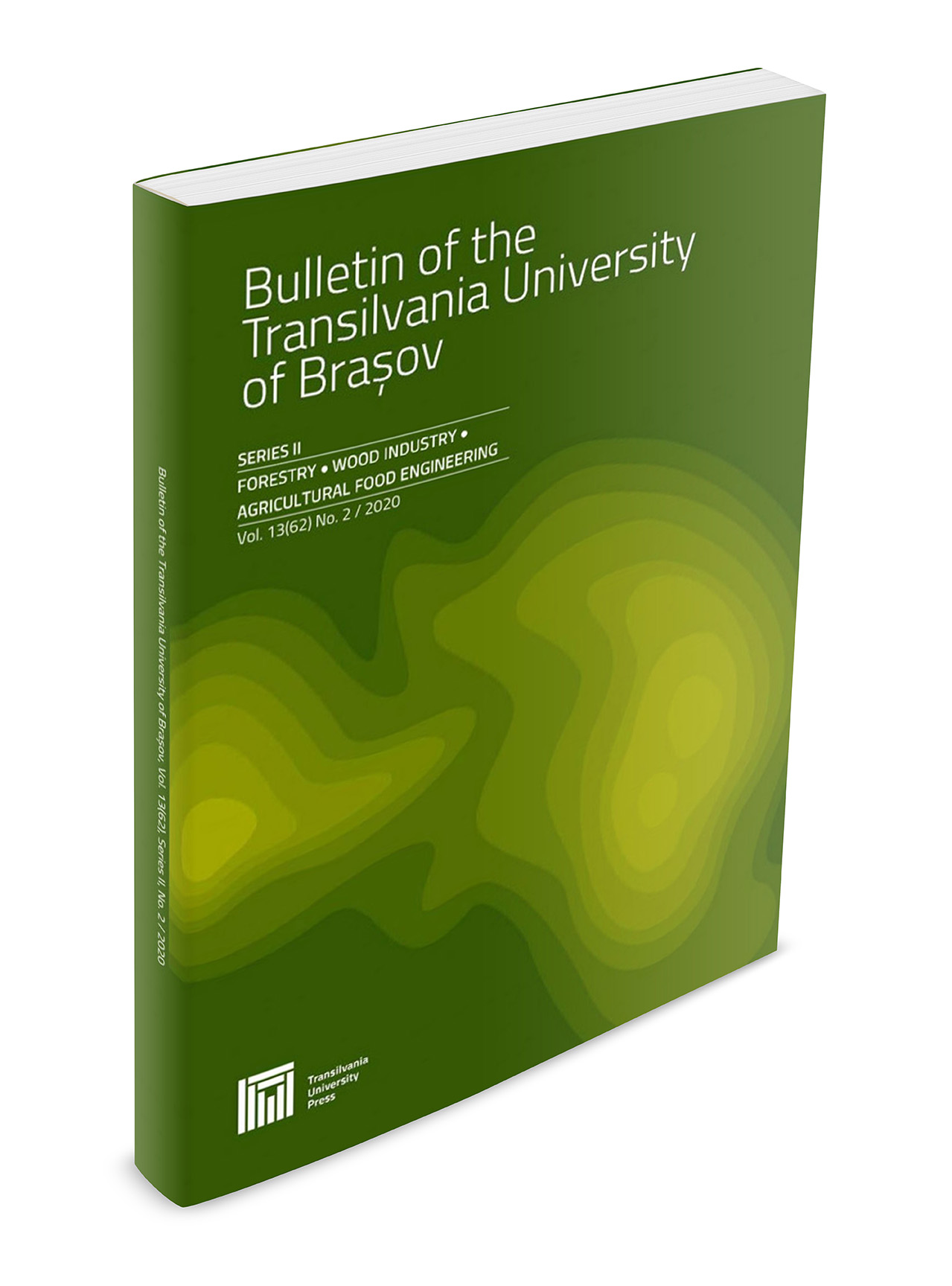Effect of Training Parameters on the Ability of Artificial Neural Networks to Learn: A Simulation on Accelerometer Data for Task Recognition in Motor-Manual Felling and Processing
DOI:
https://doi.org/10.31926/but.fwiafe.2020.13.62.1.2Keywords:
motor-manual work, time and motion, monitoring, automation, Artificial Intelligence, Artificial Neural Network, event, factors, classification performanceAbstract
Producing dynamic, real-time reliable data on the performance of timber harvesting operations has gained lately a lot of momentum due to the necessity to proactively manage the fleets of machines and machine allocation and to better monitor them in different operational environments to be able to understand their capability and performance. Techniques of Artificial Intelligence (AI) have been used recently to get accurate data at a low cost in many fields of science. In particular, the use of Artificial Neural Networks (ANN) has been proved to enhance classification accuracy in many applications. This work deals with the effect of factors that are typically used to set up an ANN on the performance of classification, by a case time-and-motion study implemented for motor-manual tasks under an experimental approach. A protocol was designed to vary the number of neurons in a hidden layer, number of iterations to train the ANN and the number of folds for cross-validation of data during training. The protocol was applied to a set of median-filtered vector-magnitude data collected at a 1Hz sampling rate by a triaxial accelerometer which was documented by a video approach to encompass five types of events. The results were promising, showing that it is possible to accurately classify the data by various performance metrics. The overall recall, for instance, may be as high as 98%. However, the number of iterations and neurons used to train the ANN are factors that significantly affect the classification performance. We conclude that implementing the ANN architectures to learn from filtered acceleration data has a lot of potential in long-term monitoring of motor-manual work and that future studies should be implemented to resemble the variation of operational conditions.



